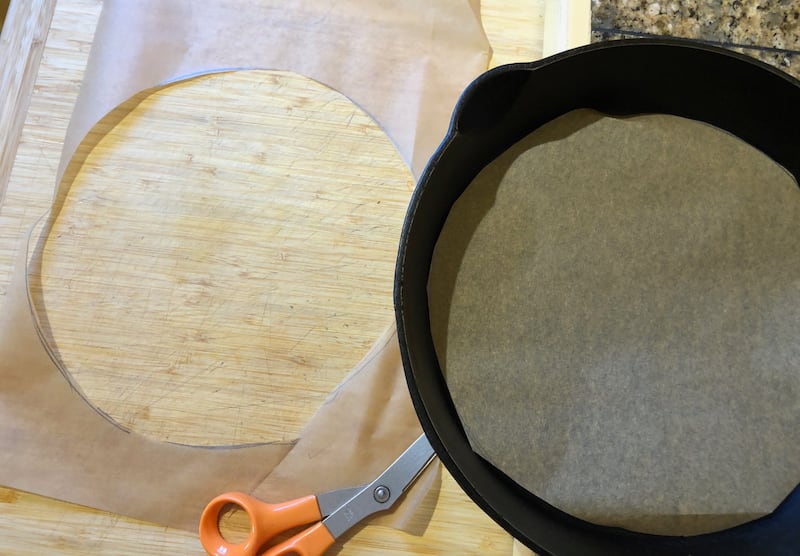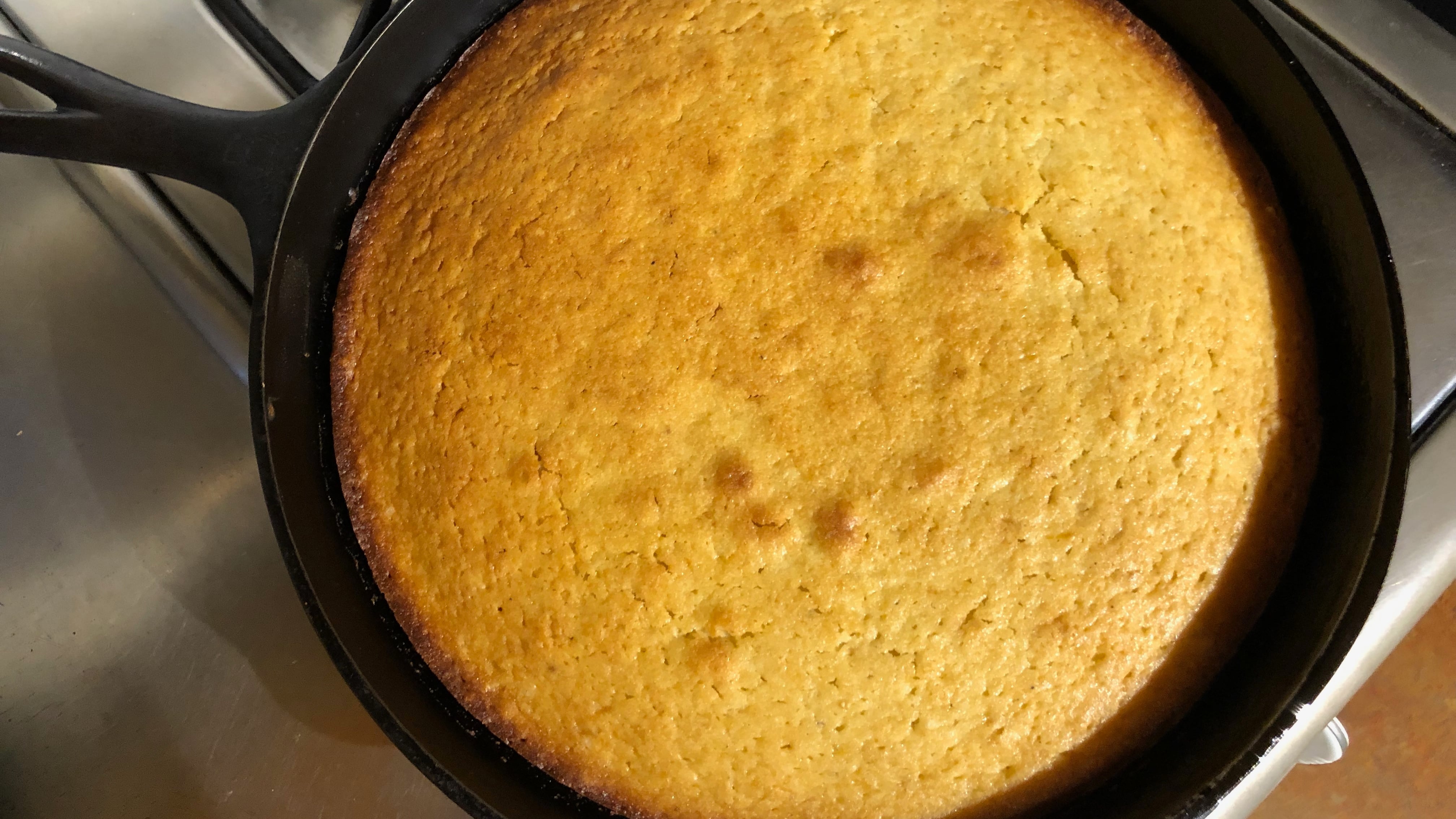Jim Dixon wrote about food for WW for more than 20 years, but these days most of his time is spent at his olive oil-focused specialty food business Wellspent Market. Jim’s always loved to eat, and he encourages his customers to cook by sending them recipes every week through his newsletter. We’re happy to have him back creating some special dishes just for WW readers.
Once I started importing extra-virgin olive oil a couple of decades ago and had an endless supply for my own kitchen, I used it instead of butter in everything I cooked. And while I’d never been much of a baker, before long I was making this simple olive oil cake every few weeks.
Making cake with oil instead of butter isn’t new. As cheap vegetable and seed oils became available in the early 1900s, frugal cooks swapped them for butter, a trend that took off during the 1940s when war rationing limited dairy supplies. And food scholars date olive oil cakes back several hundred years, most likely from the Arab and Jewish influences in Spain, the world’s biggest producer of olive oil.
Along with tasting great, olive oil cake stays moist and tender for days. The oil helps delay starch retrogradation, the process that makes baked goods get stale and tough. If you don’t eat the whole thing immediately, you can enjoy a simple slice of cake with your morning coffee for the rest of the week.
Making the batter is simple, and while most recipes call for mixing all the wet ingredients together, then adding to the flour, I’ve found that “creaming” the oil and sugar first results in a slightly lighter crumb. I always bake this cake in a cast-iron skillet with parchment paper on the bottom so I can invert it onto a plate for serving. But you could use any baking dish and skip the removal step.
Citrus flavors most olive oil cakes in Italy, and you can add the zest from a few lemons or a couple of oranges if you like. I’ve also added fennel pollen or cardamom, layered fresh fruit under the cake or mixed it into the batter, and even spread a layer of jam on the parchment before adding the batter. I’ve made the cake with all whole-wheat flour and substituted nut flour or cornmeal for about half the wheat flour, and it’s good every time. So consider this a template and feel free to experiment.

Olive Oil Cake
1 1/2 cups extra-virgin olive oil
1 1/2 cups sugar
3 eggs
3/4 cup milk
3/4 cup plain yogurt
2 cups flour
2 teaspoons baking powder
1 teaspoon kosher-style sea salt
Set a 10-inch cast-iron skillet on a piece of parchment paper, trace the outline with a pencil, and cut out the circle to line the pan. Drizzle a little olive oil into the skillet and use the parchment to spread it around. Preheat oven to 350 degrees.
In a large bowl, combine olive oil and sugar; stir until completely mixed (similar to creaming butter and sugar). Add the eggs and stir well again, then do the same with the milk and yogurt.
Mix flour, baking powder, and salt in another bowl. Add about a third of the liquid ingredient blend, stir until the flour mix has been incorporated, then add the rest of the liquids and stir again.
Transfer the batter to the parchment-lined skillet. Bake for 50-60 minutes or until the top is lightly browned and a tester inserted into the center comes out clean. Let cool for 20-30 minutes if you plan to remove the cake from the skillet. To remove, slide a knife around the edges, place an inverted plate over the skillet, and quickly turn it upside down. The cake should drop out of the skillet easily. Pull off parchment paper and, if desired, sprinkle lightly with powdered sugar.
